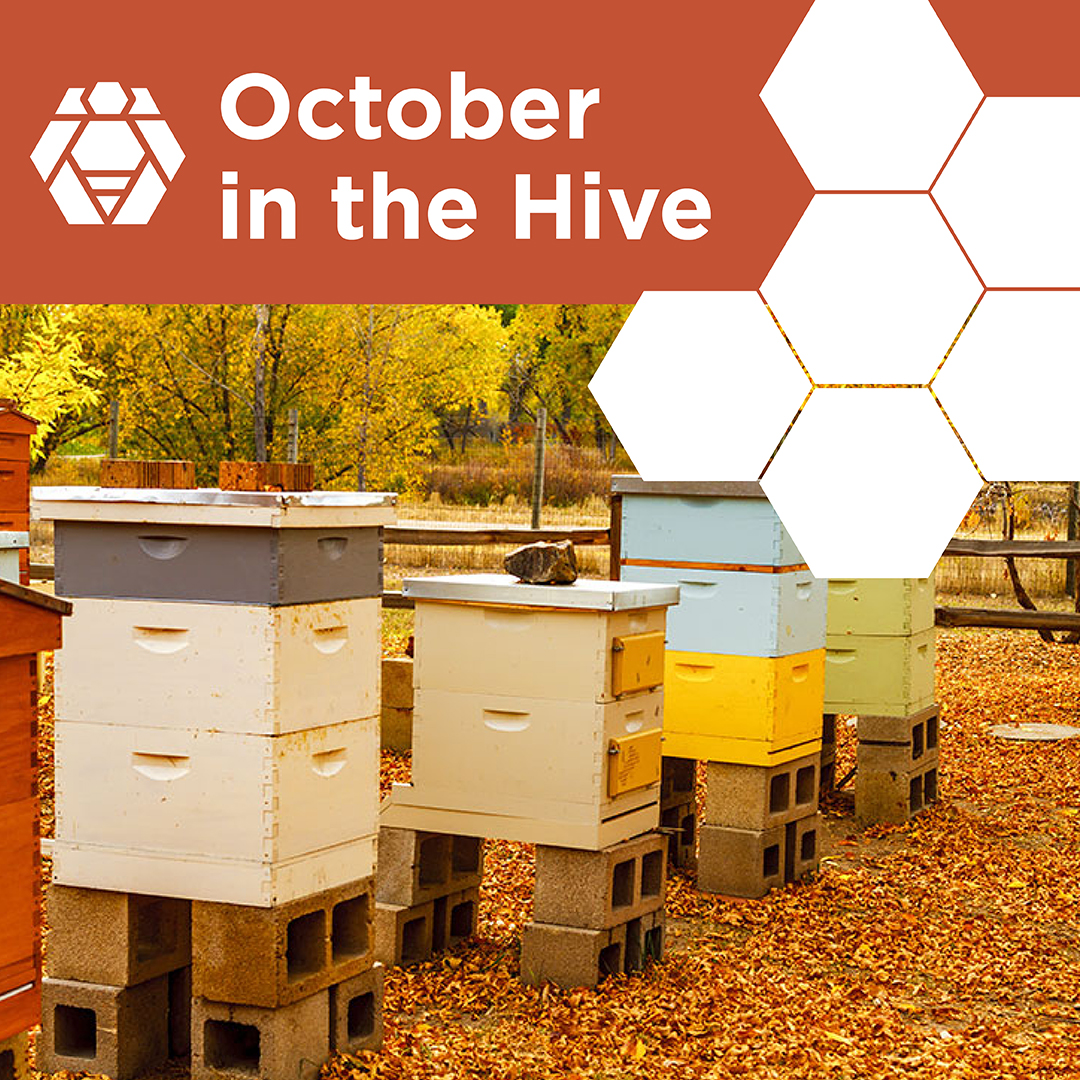
Autumn’s cool weather is settling in, which means it’s time for West Michigan beekeepers to maintain their beehives throughout the fall months and begin the winterizing process.
Bees residing in regions that accumulate more snow and tend to experience longer winters, like West Michigan, will need food to survive the upcoming cold winter months. For area beekeepers, we recommend taking off supers – leaving single or double deeps as the bees will naturally gravitate to the upper box.
Since bees keep the hive toasty and warm during the winter, with temps reaching over 90 degrees, condensation will collect inside, which is deadly for bees. Here are a few tricks to keep your bees snug during the winter without the deadly condensation.
1: Add a firing strip under the back side of your hive to tilt the box forward slightly and encourage condensation to drip down the inner front box to the bottom board and not on the bees.
2: Be sure the hive is ventilated properly. Add a riser on top to make room for adding food patties – those can go right on top of your frames if they are solid. We also suggest adding a piece of wax or parchment paper down first to keep any of the food from dripping or dropping. The bees will be fine eating through it or going around it for their food.
3. Add a quilt box with some wood shavings or other absorbent material on top of your riser/food to help control the moisture. We recommend putting the inner and outer cover back on and adding an extra brick on top to keep the top secure. Some beekeepers wrap their hives in roofing paper or add a manufactured hive wrap or insulation. Just be careful not to make it too warm or air tight, which causes the condensation. As long as your hive is well ventilated, you should be all good.
4. Turn your entrance reducer up to the smallest opening that can be used. Because many bees often die throughout the winter, you don’t want the dead bees blocking the entrance. Next, add a mouse guard to keep those cute, but destructive creatures out of the hive.
5. Inspect your bees. This may sound like a simple task, but it is an important one for beekeepers in October. As you examine your beehive, you can determine what condition your bees are in and whether they’re prepared for the winter ahead.
6. Most importantly: Enjoy your honey harvest and share your makings!
Happy (soon-to-be) Winter!
